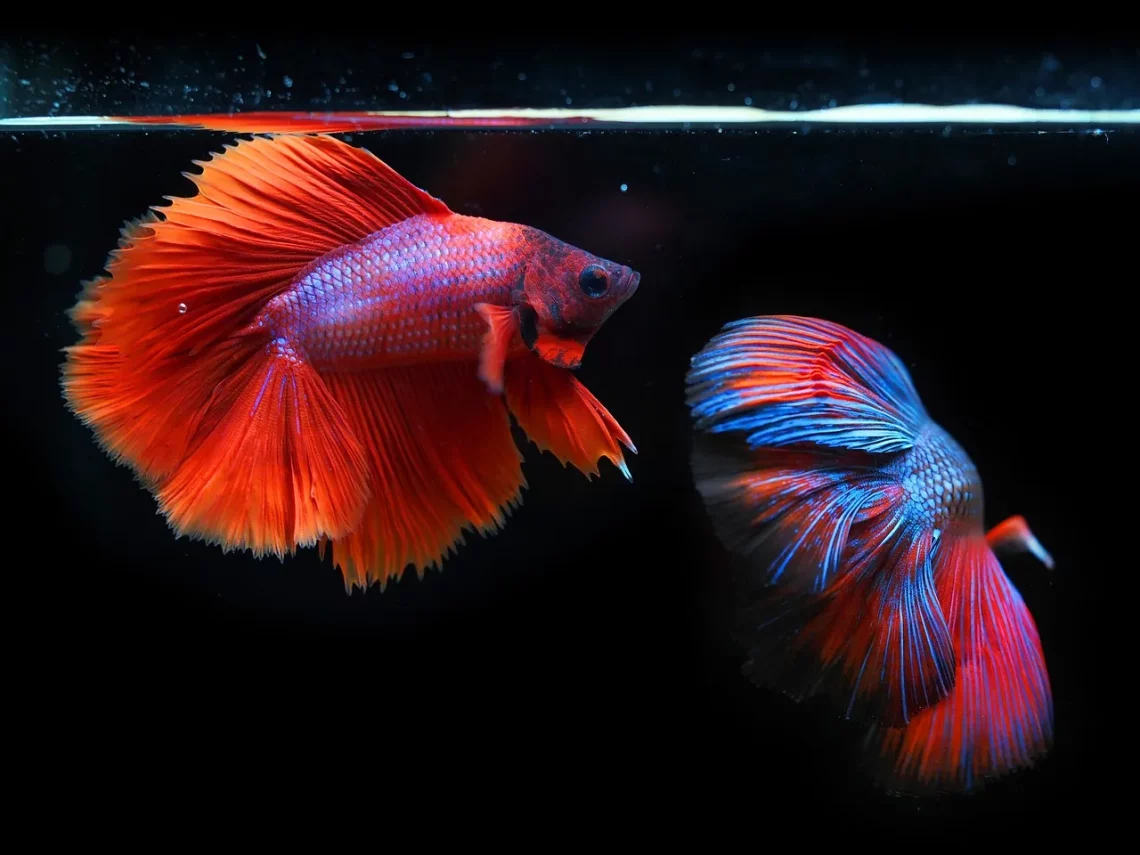
How Fast Can New Tank Syndrome Kill a Fish? Understanding the Risks
New Tank Syndrome is a term that resonates with both novice and experienced aquarists alike, as it represents a critical phase in establishing a new aquarium. This phenomenon occurs when a tank has not yet developed a stable and beneficial colony of bacteria, which are essential for breaking down fish waste and maintaining water quality. Without these bacteria, toxic compounds such as ammonia and nitrites can build up rapidly, leading to detrimental effects on fish health.
The initial excitement of setting up a new tank can quickly turn into distress if the necessary precautions are not taken. Fish that are introduced into a newly established aquarium may become stressed or even face fatal consequences due to the toxic environment. Understanding the mechanics of New Tank Syndrome and its implications is crucial for any aquarium owner. Knowledge of this syndrome can not only help in preserving the lives of aquatic pets but also enhance the overall aquarium experience. By grasping the importance of proper cycling and water management, aquarists can create a thriving aquatic ecosystem that benefits both fish and plants alike.
Understanding New Tank Syndrome
New Tank Syndrome primarily arises during the initial cycling phase of an aquarium. Cycling refers to the process in which beneficial bacteria establish themselves within the tank, facilitating the breakdown of harmful substances. This process can take several weeks, and during this time, the tank may experience fluctuating levels of ammonia, nitrites, and nitrates.
When fish are introduced to a tank that has not been properly cycled, they are exposed to high levels of ammonia, which is a byproduct of fish waste and uneaten food. Ammonia is toxic to fish even in small quantities, and its presence can lead to symptoms such as gasping for air, lethargy, and erratic swimming patterns. If the ammonia levels are not addressed, fish can suffer from serious health issues or even die within a short period.
In tandem with ammonia, nitrite levels can also spike during this initial phase. Nitrite is another harmful compound that results from the conversion of ammonia by beneficial bacteria. Like ammonia, nitrite interferes with a fish’s ability to absorb oxygen, leading to stress and potential fatalities. The buildup of these toxins is a primary concern for aquarists, as it can happen rapidly if the tank is not appropriately monitored.
To mitigate the risks associated with New Tank Syndrome, it is crucial to cycle the aquarium properly before introducing any fish. This can be achieved through various methods, including fishless cycling, which involves adding ammonia to the tank to promote bacterial growth without exposing fish to harmful conditions. Understanding the cycling process is essential for creating a safe and healthy environment for aquatic life.
Signs and Symptoms of New Tank Syndrome
Recognizing the signs of New Tank Syndrome is vital for timely intervention. Fish that are subjected to the toxic conditions of a newly established aquarium often exhibit specific behavioral and physical symptoms.
One of the most common indicators is abnormal swimming patterns. Fish may appear lethargic or may swim erratically, struggling to maintain their typical behavior. They might hover near the water surface, gasping for air, as they try to escape the toxic environment. This behavior is a clear sign that the water quality is compromised.
In addition to unusual swimming patterns, physical symptoms may also emerge. Fish may display signs of distress, such as clamped fins, fading colors, or lesions on their bodies. These manifestations can indicate that the fish are undergoing stress due to poor water quality. The presence of ammonia or nitrite in the water can lead to compromised gill function, making it difficult for fish to breathe.
Another critical symptom to watch for is a sudden increase in fish mortality rates. If multiple fish begin to die shortly after introduction to a new tank, it is a strong indication that New Tank Syndrome is at play. In such cases, immediate action must be taken to assess water quality and address the underlying issues.
Regular water testing is essential for any aquarium owner, especially during the initial setup phase. Utilizing an ammonia and nitrite test kit can help aquarists monitor these critical parameters and take corrective measures. If any harmful levels are detected, partial water changes can help dilute the toxins, providing temporary relief to the fish while the tank completes its cycling process.
Preventive Measures and Best Practices
Preventing New Tank Syndrome is significantly more effective than attempting to remedy its effects once they have taken hold. There are several best practices that aquarists can adopt to create a stable and healthy environment for their fish.
First and foremost, understanding the cycling process is crucial. Whether one opts for a fishless cycle or a cycling method that involves fish, ensuring that beneficial bacteria have time to establish themselves is paramount. Many aquarists choose to use products that contain live bacteria to jumpstart the cycling process. These products can introduce the necessary microorganisms to the tank, accelerating the establishment of a stable biological filter.
In addition to cycling, regular water testing remains an essential practice. Monitoring ammonia, nitrite, and nitrate levels can help aquarists make informed decisions regarding water changes and fish health. Ideally, ammonia and nitrite levels should remain at zero, while nitrates should be kept below 20 ppm for optimal fish health.
When introducing fish to the aquarium, it is wise to start with a small number of hardy species that can withstand the stress of a new environment. Gradually adding fish can ensure that the biological filter has time to adjust to the increased bioload. Furthermore, acclimating fish properly before adding them to the tank can minimize stress and improve their chances of survival.
Lastly, maintaining a consistent routine for tank maintenance, including regular water changes, substrate vacuuming, and filter cleaning (without removing all beneficial bacteria), can significantly enhance the overall health of the aquarium. By adhering to these preventive measures, aquarists can create a thriving aquatic ecosystem that minimizes the risks associated with New Tank Syndrome.
Conclusion: The Importance of Preparedness
Understanding the risks associated with New Tank Syndrome is crucial for anyone embarking on the journey of fishkeeping. The excitement of setting up a new aquarium can quickly turn into a nightmare if the necessary precautions are not taken. By familiarizing oneself with the cycling process, recognizing the signs of distress in fish, and implementing best practices, aquarists can significantly reduce the likelihood of encountering New Tank Syndrome.
Creating a safe and stable environment for aquatic life requires diligence, patience, and ongoing education. As fishkeepers become more experienced, they can refine their techniques and better understand the delicate balance of maintaining an aquarium. Ultimately, the goal is to foster a healthy ecosystem where fish can thrive, leading to a rewarding and enjoyable hobby.
This article is for informational purposes only and should not be considered medical advice. If you have any health-related concerns, please consult a qualified healthcare professional.




